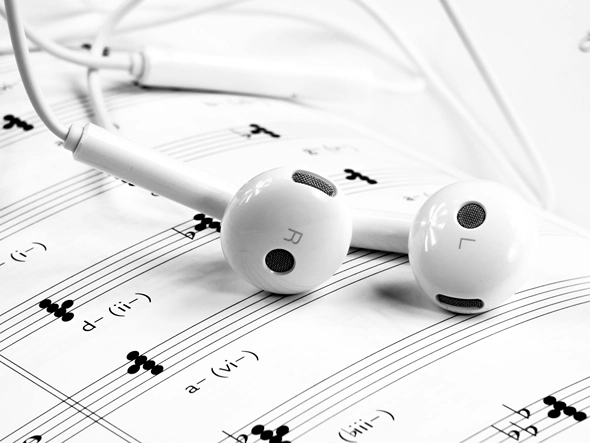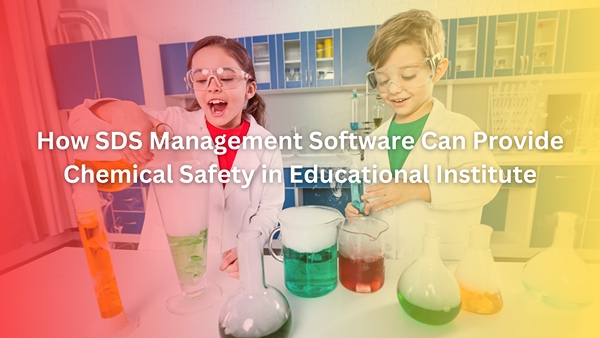How Music and Headphones Impact Hearing: Tips for Safe Listening
Music offers a unique way to connect with the world, often becoming a constant companion in daily life. The rise of portable devices and headphones has amplified this accessibility, allowing for personalized listening anytime and anywhere. Yet, as enjoyable as it is, prolonged exposure to music through headphones can pose risks to hearing health.
Let’s find out how music and headphones affect auditory well-being, the early indicators of hearing damage, and practical ways to enjoy music responsibly while safeguarding your hearing for the future.
The Connection Between Music, Headphones, and Hearing Health
The relationship between music, headphones, and hearing health is multifaceted. On one hand, headphones provide an immersive listening experience; on the other, their misuse can significantly impact auditory well-being. By examining sound levels, listening habits, and headphone types, it becomes clear how these elements contribute to the growing concern over hearing loss.
Understanding Sound Levels and Hearing Damage
- The Decibel Threshold: Sound levels above 85 decibels are harmful with prolonged exposure. Common devices like smartphones and headphones can exceed this threshold easily.
- Inner Ear Impact: Prolonged exposure damages the cochlea’s hair cells, which are essential for converting sound waves into neural signals. These cells do not regenerate, making the damage permanent.
Role of Headphones in Hearing Loss
- Design and Proximity: In-ear headphones deliver sound directly into the ear canal, increasing the risk of harm compared to over-ear models.
- Noise Masking: When used in noisy environments, users often raise the volume to unsafe levels, unaware of the potential harm.
Technology and Hearing Support
- Thanks to the development of Natural Language Processing technology, hard of hearing people have access to text to speech app for iPhone and Android phones. These can assist those experiencing early hearing challenges because such tools can help mitigate struggles with hearing loss in everyday settings.
Statistics Highlighting the Problem
- According to hearing health organizations, approximately 1 in 5 teenagers suffer from hearing damage due to unsafe listening habits.
- Noise-induced hearing loss is increasingly prevalent among younger populations, driven by frequent headphone use.
These insights demonstrate the need for proactive measures to balance enjoyment with hearing protection.

Recognizing the Early Signs of Hearing Damage
Hearing loss rarely occurs suddenly. It develops gradually, making early detection difficult but essential for preventing irreversible damage. Awareness of common symptoms and behavioral changes can make a significant difference in maintaining auditory health.
Common Symptoms
- Persistent Tinnitus: A ringing, buzzing, or humming in the ears after listening to loud music often signals early damage.
- Muffled Sounds: Sounds may seem unclear or distant, even in otherwise quiet settings.
- Difficulty Understanding Speech: Struggling to follow conversations, especially in noisy environments, is another early warning sign.
Behavioral Indicators
- Volume Escalation: Frequently turning up the volume to achieve clarity indicates potential auditory strain.
- Fatigue in Noisy Environments: Feeling exhausted after extended exposure to loud settings may result from overworked auditory nerves.
When to Seek Help
- If any symptoms persist, scheduling a professional hearing test is critical. Audiologists can assess damage and recommend interventions to prevent further loss.
Understanding these early signs empowers individuals to address hearing issues promptly, minimizing the risk of severe damage.
Tips for Safe Listening
Enjoying music and protecting hearing can coexist with the adoption of safe listening habits. Implementing these strategies helps reduce risks while preserving the pleasure of a rich auditory experience.
Monitor Volume Levels
- The 60/60 Rule: Keep volume at no more than 60% of the device’s maximum for no more than 60 minutes at a time.
- Volume Control Settings: Many devices allow users to set volume limits, preventing accidental overexposure.
Choose the Right Headphones
- Over-Ear Headphones: Over-ear headphones distribute sound more evenly and reduce the direct pressure on the eardrum compared to in-ear alternatives.
- Noise-Canceling Technology: By reducing external sounds, noise-canceling headphones help users listen at lower, safer volumes.
Take Listening Breaks
- Recovery Periods: Regular breaks—around 5 to 10 minutes for every hour of listening—reduce auditory fatigue and allows the ears to recover.
- Quiet Moments: Spending time in silence after exposure to loud environments aids in maintaining hearing health.
Adjust Listening Environments
- Lower Volume in Quiet Spaces: Reducing background noise naturally lowers the need for high volume levels.
- Awareness in Public: Maintain a balanced volume level when using headphones in crowded areas to stay alert and protect hearing.
Protective Measures for Events
- Earplugs designed for concerts or festivals reduce harmful decibel exposure while preserving sound quality.
- Positioning away from speakers or sound systems helps mitigate the risks associated with loud live music.
By following these recommendations, listeners can continue to enjoy their favorite tunes without compromising their auditory health.
Conclusion
Music is a cherished aspect of life, bringing joy, relaxation, and creativity. Yet, safe listening practices are essential to preserving hearing health in the long run. By understanding the relationship between headphones and hearing, identifying early warning signs of damage, and adopting responsible habits, individuals can protect their auditory well-being without sacrificing the enjoyment of music. Small changes in daily listening routines can make a lasting difference, ensuring that music remains a source of pleasure and inspiration for years to come.



 Author bio: Cora Gold is the Editor-in-Chief of women’s lifestyle magazine,
Author bio: Cora Gold is the Editor-in-Chief of women’s lifestyle magazine, 




